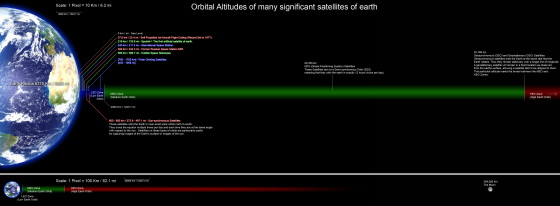Why does NASA spend enormous cost on proprietary development of "SLS" without using SpaceX's low cost rocket?

Byimamhussain 83
In the field of space development which was once limited to national level organizations such as NASA, ESA, JAXA, in recent years private enterprises such as "SpaceX" by Ellon Mask and "Blue Origin" by Jeff Bezos will enter It has become even more innovative results. Even though private companies' rockets are characterized by very high cost efficiency and performance is sufficiently superior, NASA also has its own rocket "Space Launch System"(SLS) is continuing to develop. According to one theory "SLS's annual development fee Falcon 9 can buy 27 from 17 units" It is said that it is a gold-eyed bug SLS, why NASA chooses the full cooperation path with SpaceX, the contents duplicate The leaders of NASA comment on whether to develop a huge rocket that is likely to be developed independently.
NASA chief explains why agency will not buy a bunch of Falcon Heavy rockets | Ars Technica
https://arstechnica.com/science/2018/03/nasa-chief-explains-why-agency-wont-buy-a-bunch-of-falcon-heavy-rockets/
The answer to this question is William Gelstenmeier, head of the manned exploration department at NASA. Mr. Gerstenmeier asked about Mr. Wayne Hale of former Space Shuttle plan director about utilization of private technology when presenting on SLS among NASA's advisory committee held on March 26, 2018 It was.

Mr. Hale said, "It is already shown that Falcon Heavy successfully launched and the operation cost is significantly lower.In such a situation," Falcon Heavy purchased about 4 to 6 and the universe circling the moon Mr. Gerstenmeyer asked, "Is it okay to use it for the construction of the station?" Mr. Gerstenmeyer explained that "reason why it must be SLS" is in its powerful launch capability is.
One of launch capabilities of the rocket is "weight of goods that can be put into the desired trajectory". There are "orbit (LEO)" to "medium orbital (MEO)" and "high orbital (HEO)" in orbit around the earth, the weight that can be launched into each orbit is "LEO payload" "MEO payload" It is called "HEO payload". The higher the orbital altitude, the greater the power required of the rocket, but further leaves the orbiting orbit around the earth and puts it into the "moon transition orbit" heading to the moonTLIVery powerful ability is required to introduce cargo into Trans Lunar Injection (lunar transition injection). This launch capability "TLI PayloadThe height of "is becoming an important factor in future space development.

ByRakanishu
Mr. Gelstenmeier points out the high level of SLS's ability is the height of this TLI payload. Of the planned SLS development plan, the TLI payload is also the smallest "block 1"26 tons. When the final "block 2" cargo type "block 2 cargo" becomes TLI payload45 tonsIt also becomes. Incidentally, this figure is comparable to 47 tons of "Saturn V rocket" which was regarded as "world's most powerful rocket".

In contrast, SpaceX has not announced the TLI payload of the Falcon Heavy rocket, but its value is18 tons to 22 tonsIt is estimated to be in the order of magnitude. Therefore, in NASA's exploration plan which is planned in the future, SLS's high launch capability is necessary. About this, Mr. Gelstenmeier said, "SLS launch capability is essential to launch a massive and non-divisible one-piece structure.In subsequent cargo shipping and personnel shipping, relatively small Orion rockets The Falcon Heavy rocket will play its role and the rocket developed by Mr. Bezos also applies to this. "

"I see," it is an explanation of Mr. Gerstenmeyer with persuasive power, but there are actually a bit painful part in fact. That is, "NASA still has not planned to make a large one-piece structure that can only be launched by SLS." In the exploration plan that will send humans to the "Beyond the Moon" scheduled for the 2020s, a new space station "Deep space exploration gatewayAlthough it is planned to construct and set up as a base for exploration using the construction project, power and propulsion modules launched as the first stage are planned to be launched by private rockets.

In addition, the main components such as residential modules that will be launched afterwards are basically being designed according to the transport capacity of private rockets, mainly Falcon Heavy rockets. Although it is not likely that the opportunity for SLS to demonstrate its capabilities for a while is still unlikely to come, by entrusting the stage up to that time to the private sector, there seems to be merit that NASA can concentrate on development at the "next" stage .
Related Posts:







